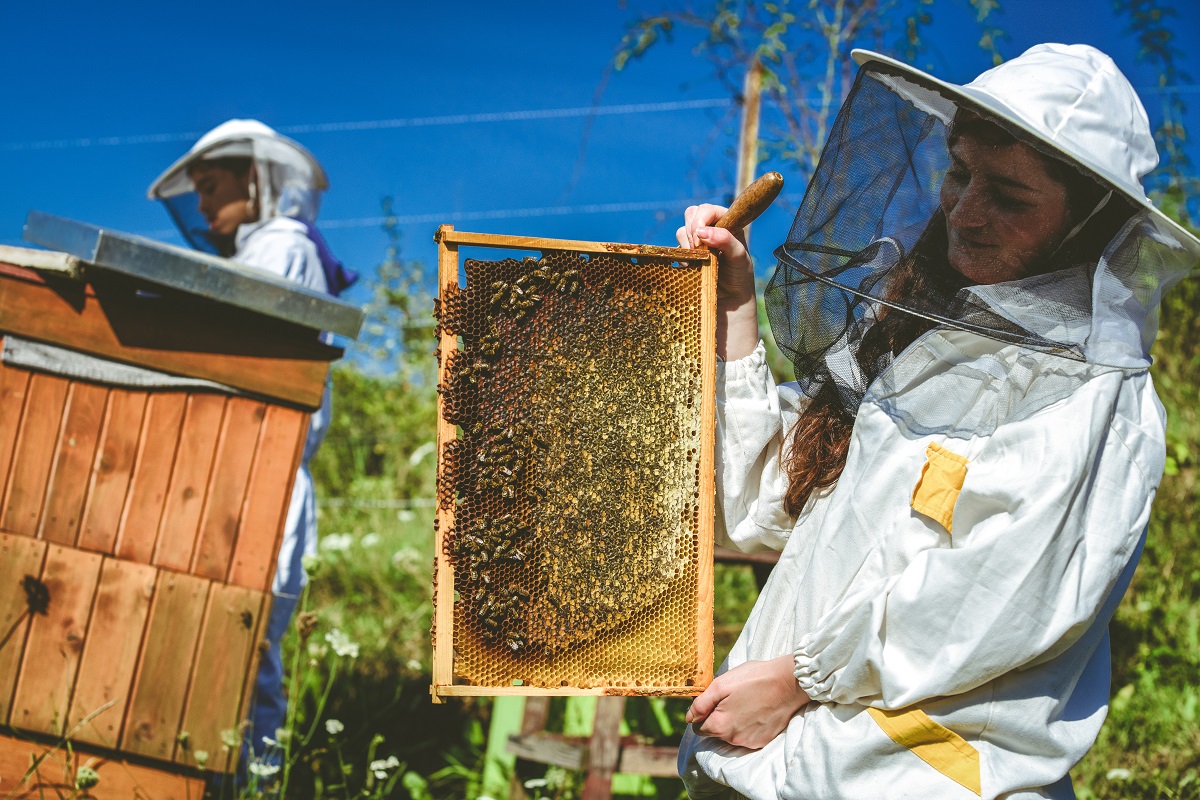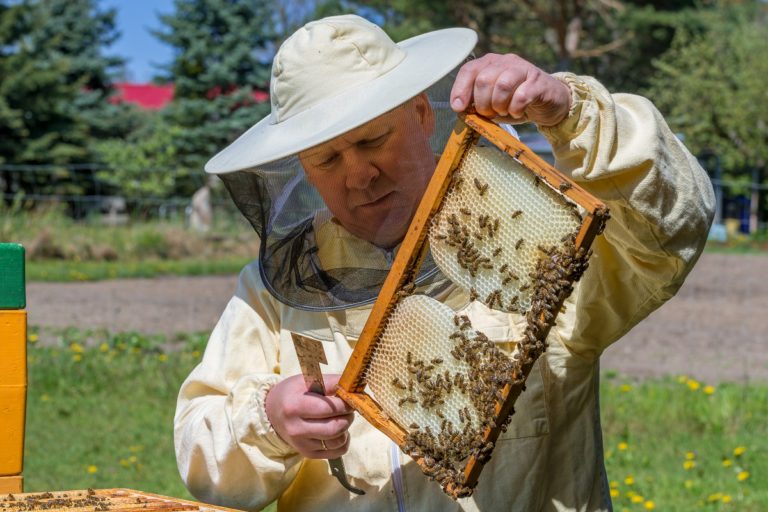According to the U.S. Department of Agriculture, bees are responsible for making one-third of all corp production possible. They pollinate fruits, nuts, and vegetables, and ensure a steady supply of berries, melons, almonds, and broccoli. These insects pollinate $15bn worth of crops annually.
With the coronavirus, however, this vital link in the growing process is unable to carry out its function. Its disruptions to travel and supply chains have put a large part of the agriculture industry at risk of failure.
Quarantine delays
The pollination process requires labor, which usually comes from South America. The pandemic quarantine measures mean that every time workers move to different sites, they need to self-quarantine, which causes delays in pollination and reduces productivity.
Bee importation, especially of queens, also helps to make sure that bee populations can keep up with demand. With air travel and international shipments undergoing strict control, the purchase of bees across borders has become virtually impossible for many beekeepers. As the lockdowns also disrupt supply chains across the country, truck drivers have become scarce, further immobilizing pollinator hives.
The lockdown is also wreaking havoc on the bees themselves. With the countries that usually supply the bees unable to sell, their hives are on the verge of starving.
Another pandemic
Even before coronavirus disrupted apiaries across the globe, honeybees had already been grappling with another existential threat: the aptly named Varroa destructor. This mite infects bees and can cause the entire colony to die within two years of the first infection. Originally from Asia and the Asian honey bee Apis cerana, it has since jumped to Western honey bees (Apis mellifera) and has been wreaking havoc with its population for decades.
Varoosis has spread to every continent today except for Australia and threatens to collapse swaths of colonies. With the urgency of the situation and the potential economic damage, scientists have been at work on several types of varroa mite treatment.

The Race for a Cure
One of the reasons V. destructor has been so useful at decimating hives is that Western honey bees have evolved no defenses against them. In Asia, bees have adapted. The infected brood is forcibly separated from the rest of the hive and walled off to keep the population safe.
Others have developed such extreme sensitivity to infection that when parasites invade, the brood just dies on the spot, effectively preventing the parasite from spreading. Breeding these traits into Western bees is extremely difficult and expensive. And with most stock being imported from other countries, success has been limited.
Other threats
Aside from the Varroa mite, bees have shown a vulnerability to the byproducts of human activity, such as cars, air pollution, and pesticides. A study in Canada estimated that up to 24 billion bees are killed by traffic in the U.S. annually. The pandemic and its resulting decrease in cars on the road has helped somewhat. Still, if China is any indication, once restrictions are lifted, both pollution and traffic quickly go back to pre-COVID levels.
Will the bees survive? Will we soon be seeing a massive die-off even more significant than the one in 2019, which led to 40% of the honey bee population dying off and sparking discussions about mass extinction among insects? Time will tell. Until then, both apiarists and agricultural agencies are racing to save the hard-working insect.




